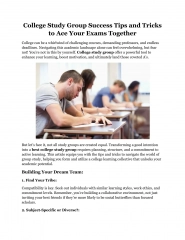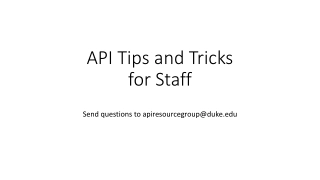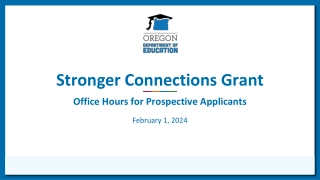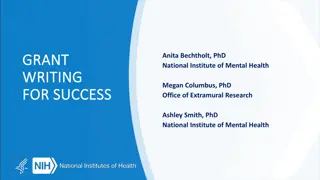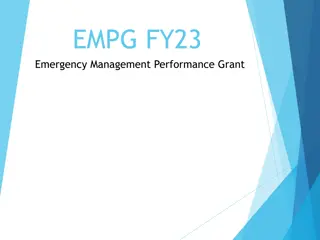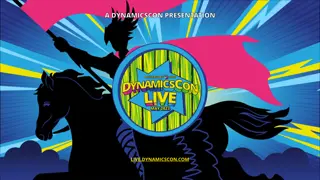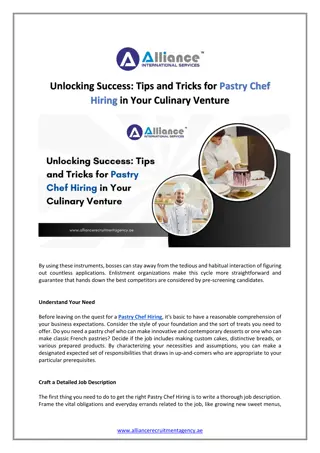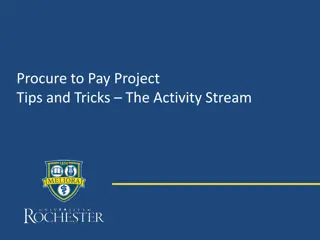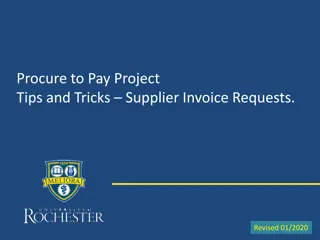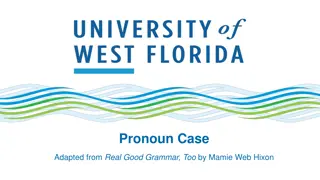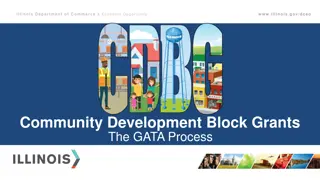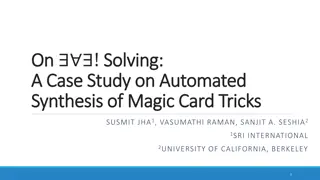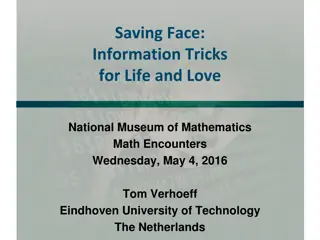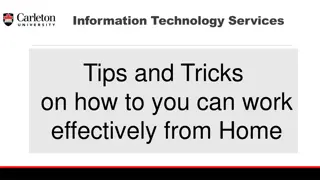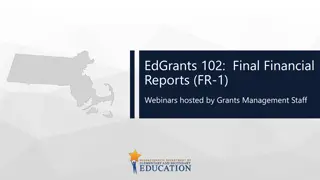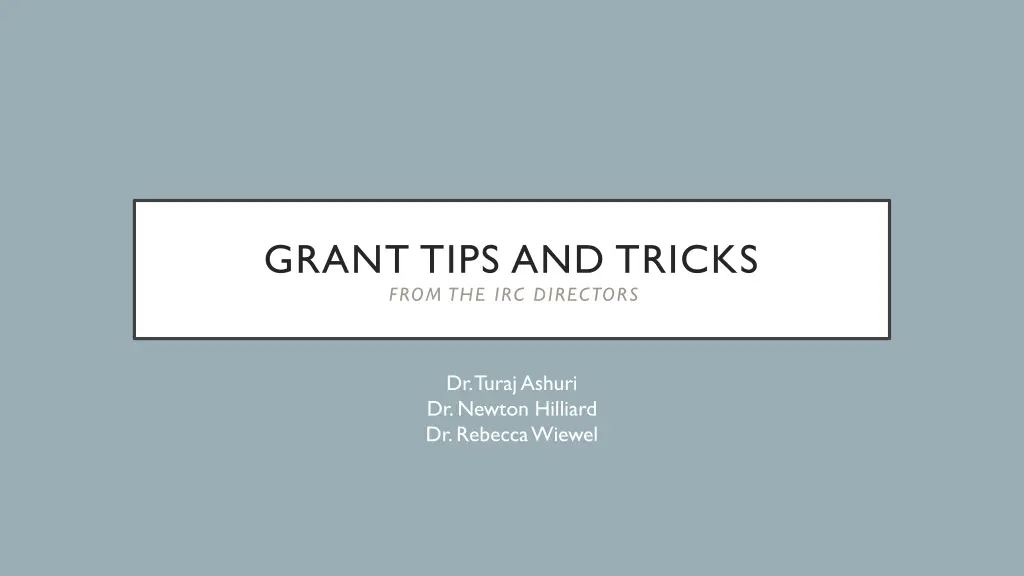
Effective Grant Proposal Tips and Tricks for Success
Discover valuable tips and tricks for crafting successful grant proposals, including aligning with project goals, engaging with program officers, understanding the review process, and presenting your ideas clearly and concisely. Gain insights on NSF proposals and essential review criteria to enhance your proposal writing skills.
Download Presentation

Please find below an Image/Link to download the presentation.
The content on the website is provided AS IS for your information and personal use only. It may not be sold, licensed, or shared on other websites without obtaining consent from the author. If you encounter any issues during the download, it is possible that the publisher has removed the file from their server.
You are allowed to download the files provided on this website for personal or commercial use, subject to the condition that they are used lawfully. All files are the property of their respective owners.
The content on the website is provided AS IS for your information and personal use only. It may not be sold, licensed, or shared on other websites without obtaining consent from the author.
E N D
Presentation Transcript
GRANT TIPS AND TRICKS FROM THE IRC DIRECTORS Dr. Turaj Ashuri Dr. Newton Hilliard Dr. Rebecca Wiewel
TIPS FOR ANY PROPOSAL Make sure the grant is a good fit for your project Look at what s been funded recently Use similar language to the RFP or from the agency s goals Read and carefully follow provided guidelines/review criteria Sounds basic, but it s a big deal! Communicate with Program Officers and staff about your project
TIPS FOR ANY PROPOSAL Know your audience Who will be reviewing the proposals? Use jargon only when appropriate Consider becoming a reviewer and share insider tips with the rest of us! Make your idea stand out somehow Unique collaborations/interdisciplinary work Highlight new contributions or differences in scale But make sure the project is still feasible
TIPS FOR ANY PROPOSAL Be clear and concise When longer narratives are allowed, find ways to succinctly summarize/reiterate your main points along the way. Use headings and subheadings Have someone not involved in your project read your proposal Take advantage of opportunities for draft reviews Start early
PERCENTAGE OF FUNDS PER AREA FROM THE TOTAL FEDERAL FUNDS
5 REVIEW CRITERIA FOR NSF RANKED BASED ON THEIR IMPORTANCE What is the potential for the proposed activity to: advance knowledge and understanding within its own field or across different fields (Intellectual Merit); and benefit society or advance desired societal outcomes (Broader Impacts)? To what extent do the proposed activities suggest and explore creative, original, or potentially transformative concepts? Is the plan for carrying out the proposed activities well-reasoned, well-organized, and based on a sound rationale? Does the plan incorporate a mechanism to assess success? How well qualified is the individual, team, or institution to conduct the proposed activities? Are there adequate resources/time available to the PI (either at the home institution or through collaborations) to carry out the proposed activities?
4 KEYS TO SUCCESS WITH NIH 1. Understand the NIH Mission/Goals, organization and processes 2. Plan Fill a need - https://www.youtube.com/watch?v=nFVlyKRVgwg NIH submission dates https://grants.nih.gov/grants/how-to-apply-application-guide/due-dates-and-submission- policies/due-dates.htm Use a calendar, not a watch 3. R.T.B.I. 4.Communicate with program officials
NIH MISSION AND GOALS Mission statement https://www.nih.gov/about-nih/what-we-do/mission-goals Institutes https://www.nih.gov/institutes-nih/list-nih-institutes-centers-offices Example Institute https://www.niaid.nih.gov/
GRANT PROCESS OVERVIEW PHASE I Establish Internal Relationships Contact SPUI and let them know that you are interested! Set up any registrations necessary Grant searching databases (Grants Forward, Grants.gov, etc.) NIH usernames/registrations Research compliance issues SPUI will handle the final submission Talk with your chain of command! Faculty load issues Space utilization issues Matching funds Make a copy for each office!!
Parent Announcements R15 information source page https://grants.nih.gov/grants/guide/contacts/parent_R15.html R15 file page https://grants.nih.gov/grants/guide/pa-files/PA-16-200.html GRANT PROCESS OVERVIEW PHASE II Contact your program officer Contact info see above Email an inquiry as to the appropriateness of your idea
GRANT PROCESS OVERVIEW PHASE II (CONT.) Outline your project Your fundamental goal is defined for you NIH R15 goals student professional development skills, skills, skills Increase interest in pursuing biomedical/behavioral scientist oriented careers Hypothesis driven Choose only one or two objectives Do Not Over Extend Yourself!!!! Subsections of objectives that can be finalized to a product (i.e. student presentations) make for stronger proposals Proposals to bring about world peace, end hunger and balance the national debt will NOT be funded!! Objectives must be related to the hypothesis
INTERNAL FUNDING OPPORTUNITIES Faculty Research Grant https://www.atu.edu/research/faculty_research.php Professional Development Grant https://www.atu.edu/research/faculty_dev.php Student Interdisciplinary Grant https://www.atu.edu/research/interresearch.php Undergraduate Research Grant https://www.atu.edu/uresearch/grants.php Interdisciplinary Research Grant https://www.atu.edu/ospui/docs/2017-18-IRC-Grant-Guidelines-final-draft2.pdf Course Redesign Grant https://www.atu.edu/uresearch/coursedesign.php
RESOURCES Contact OSPUI early on https://www.atu.edu/ospui/ ADMN 207 Funding Sources: https://grantforward.com (free account with your ATU email) https://www.getedfunding.com https://www.arkansas.gov/government/agencies foundationcenter.org Check out the 990 finder to find out what foundations are funding IRC Directors Let us know what you re working on so we can help create interdisciplinary connections and collaboration opportunities. https://www.atu.edu/ospui/irc-directors.php


